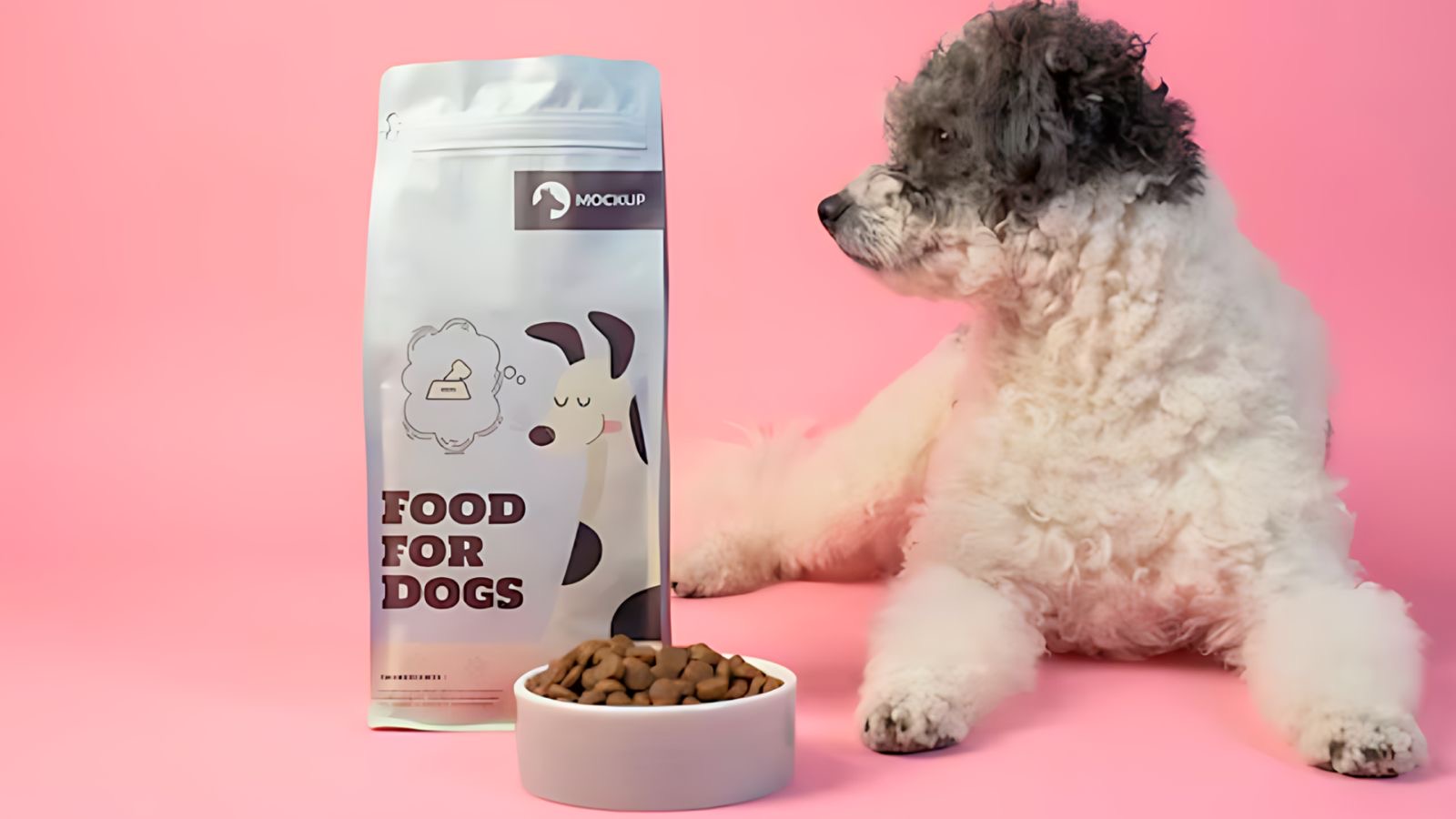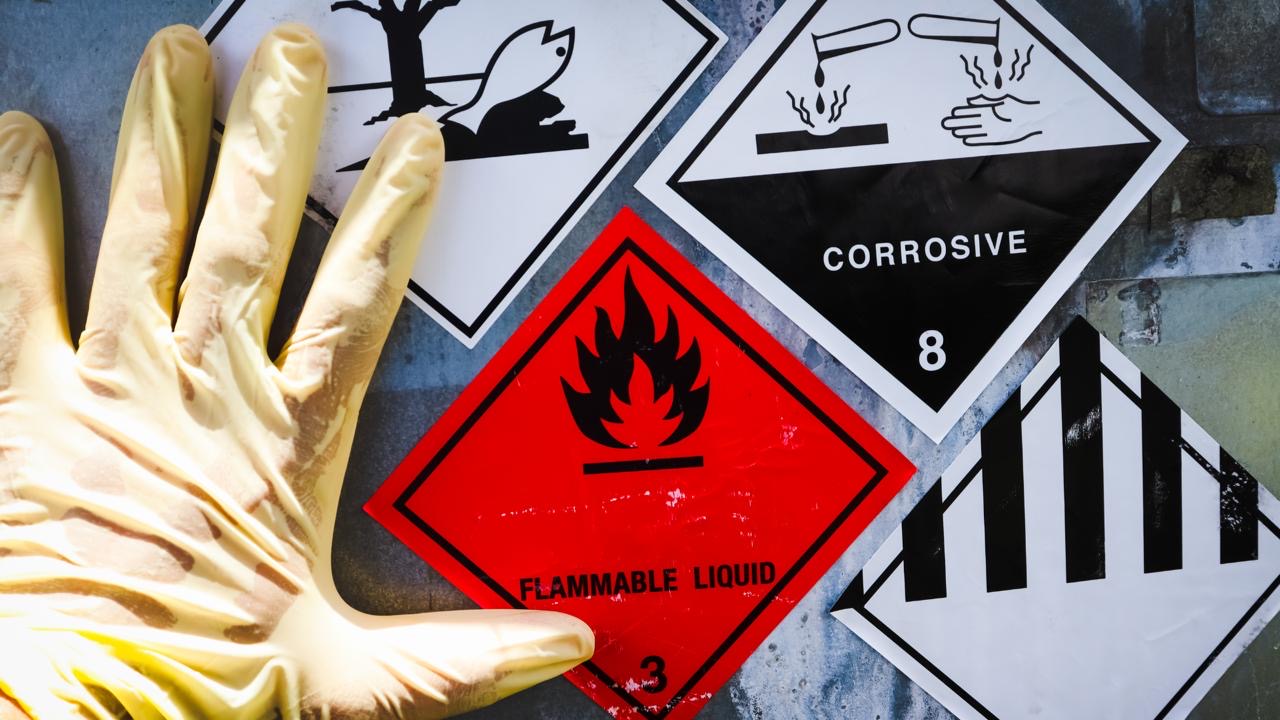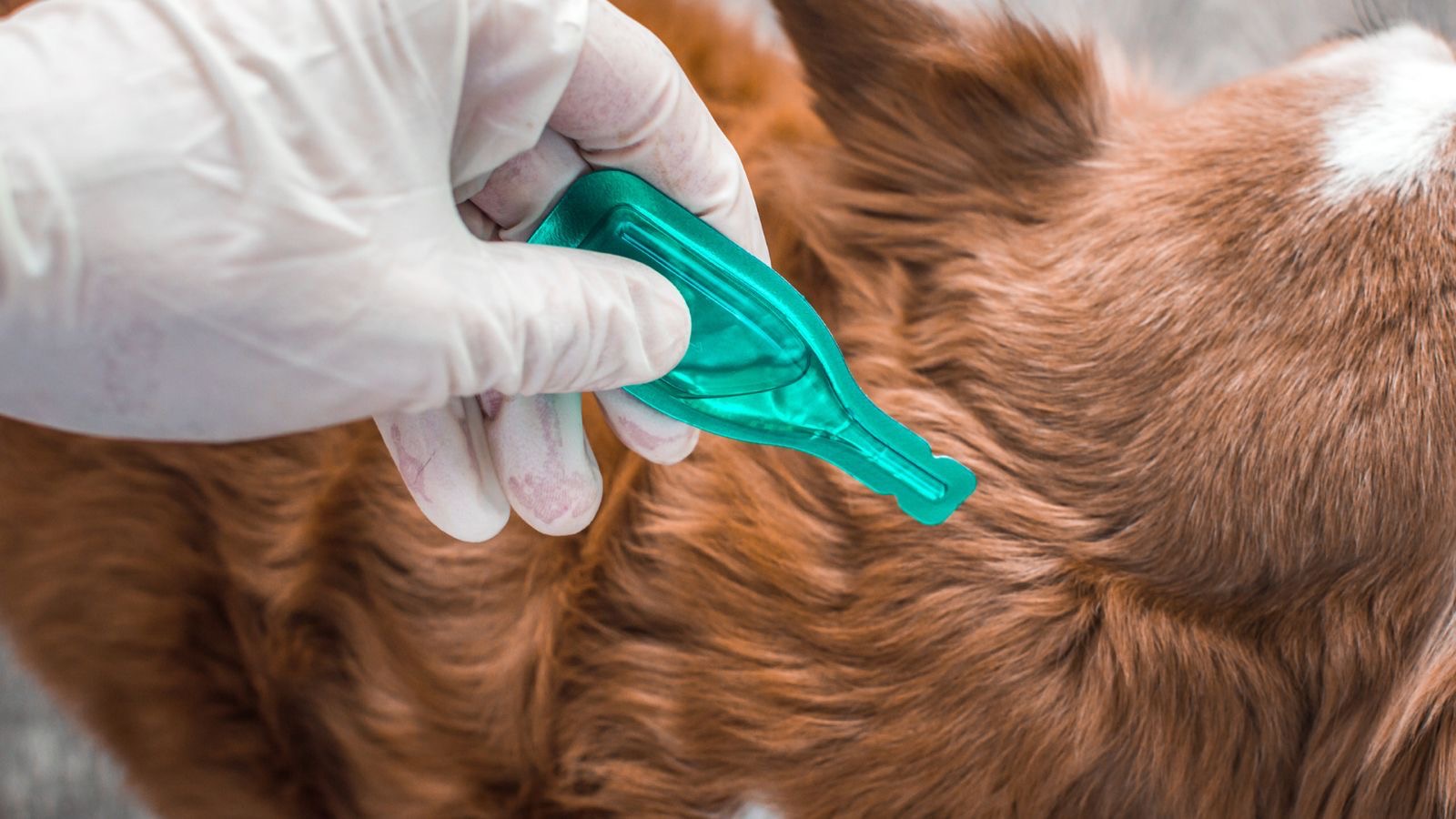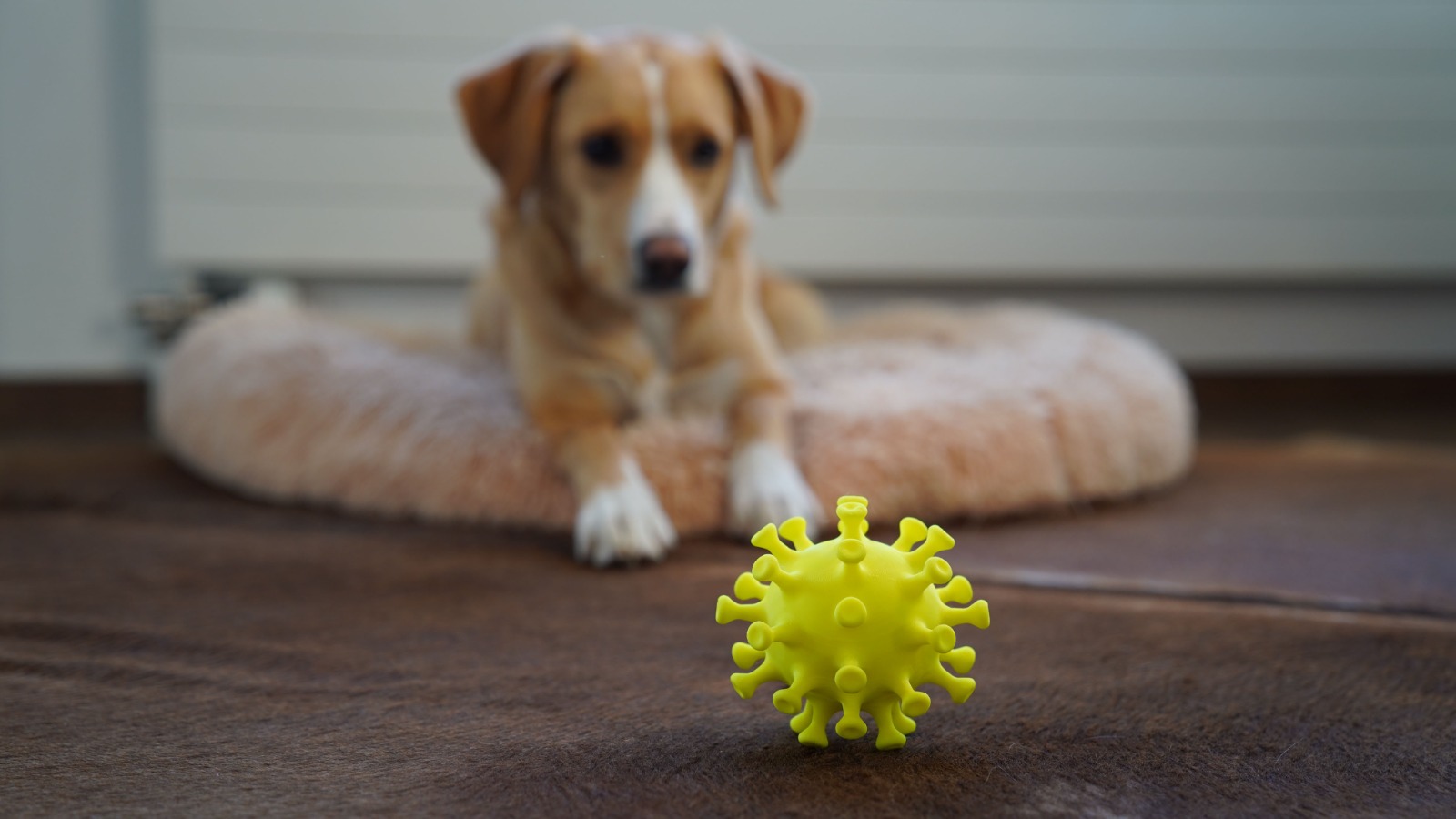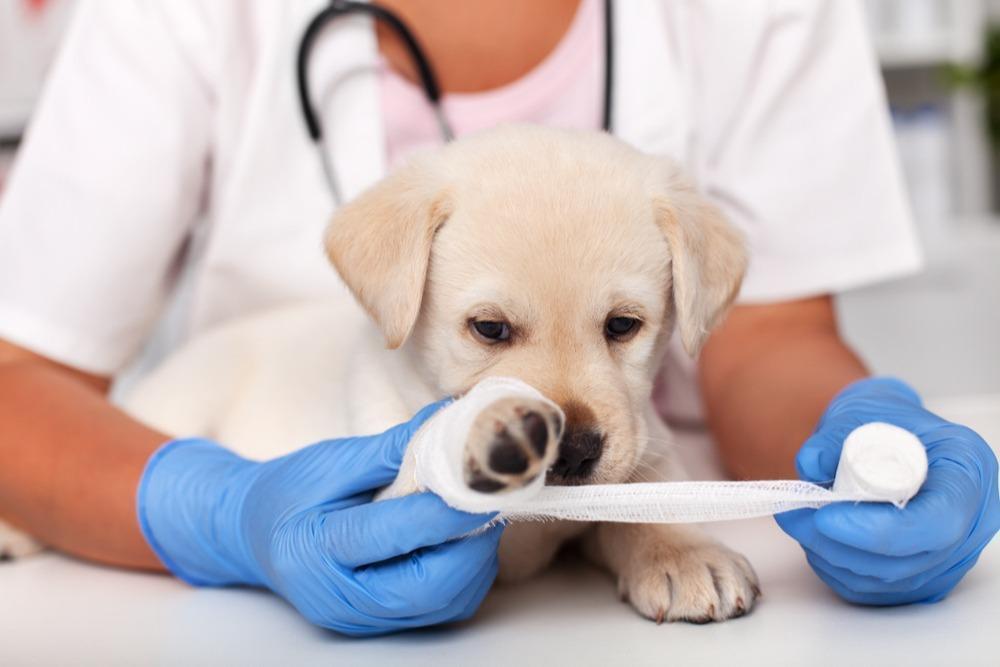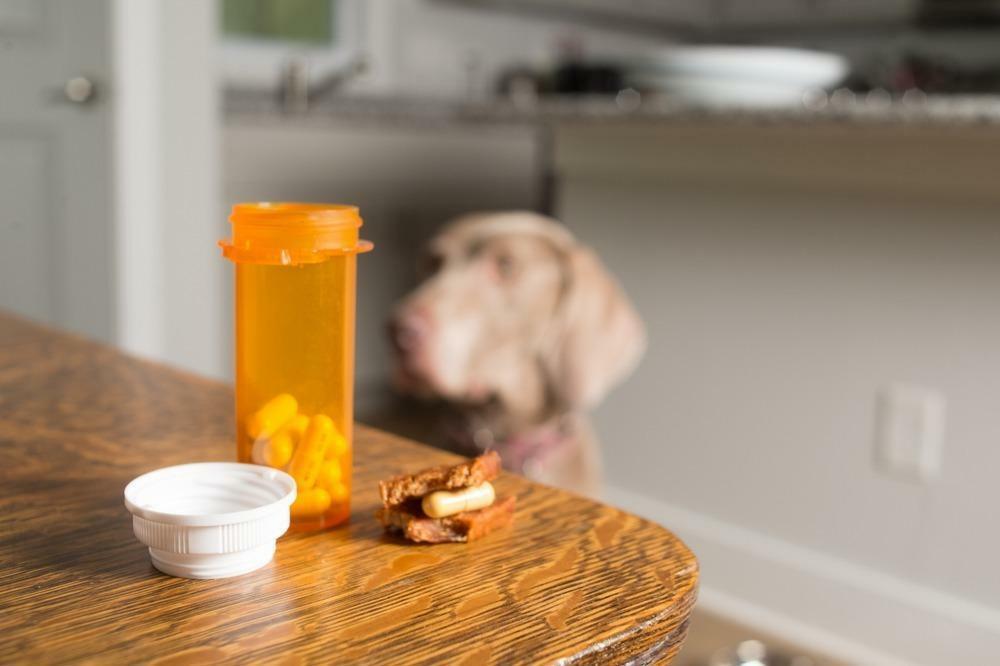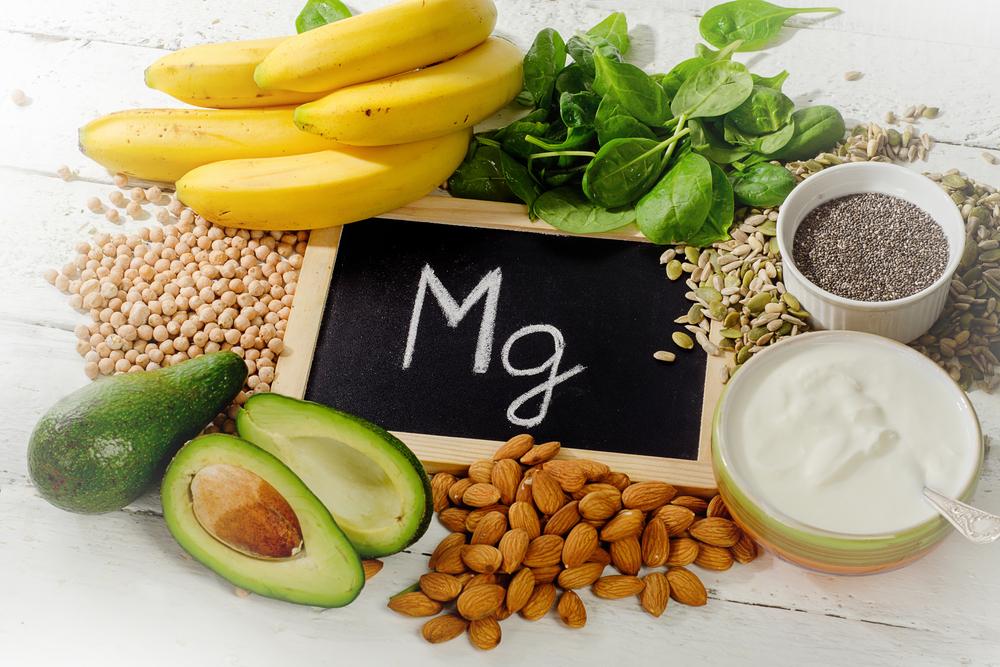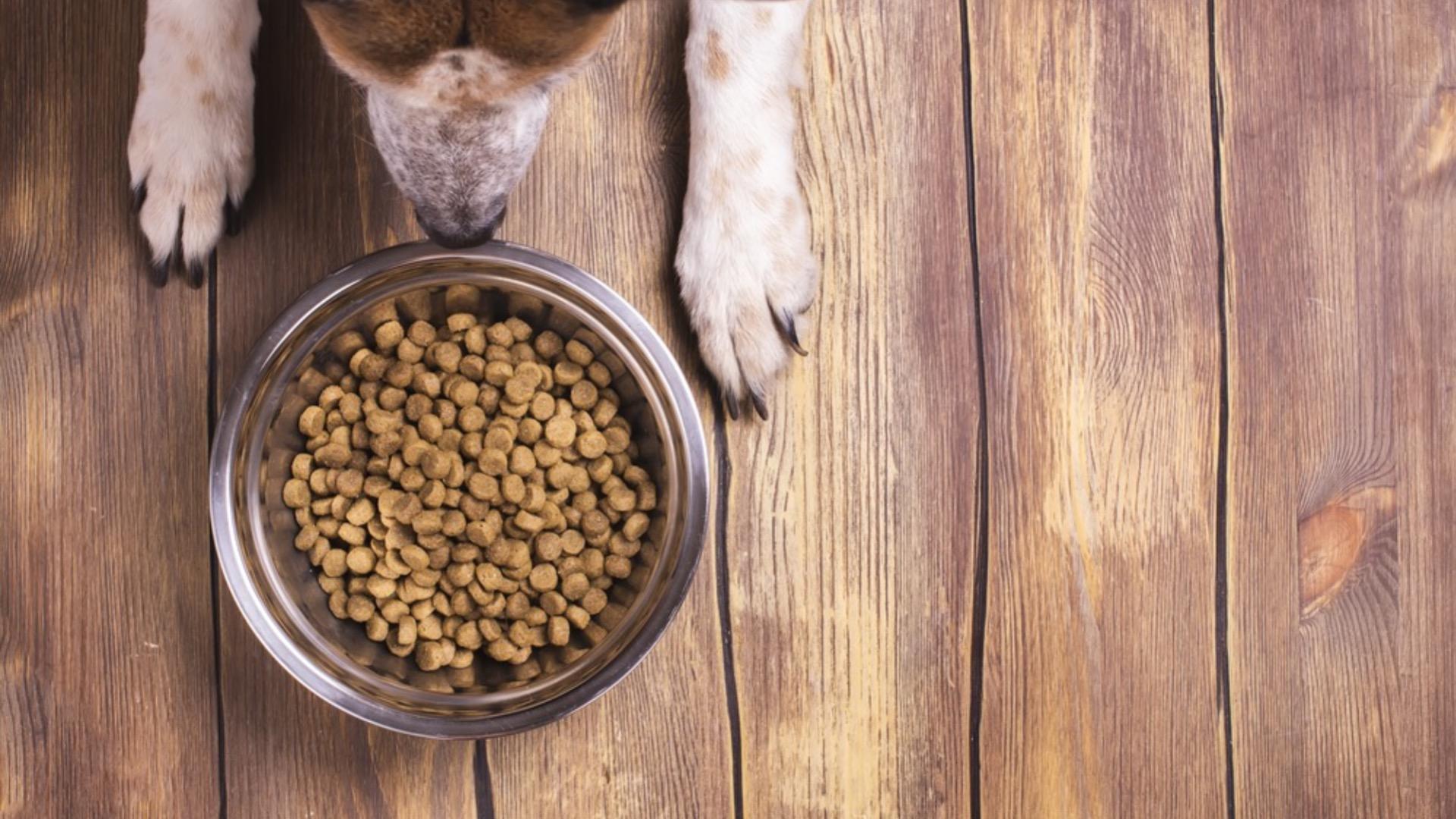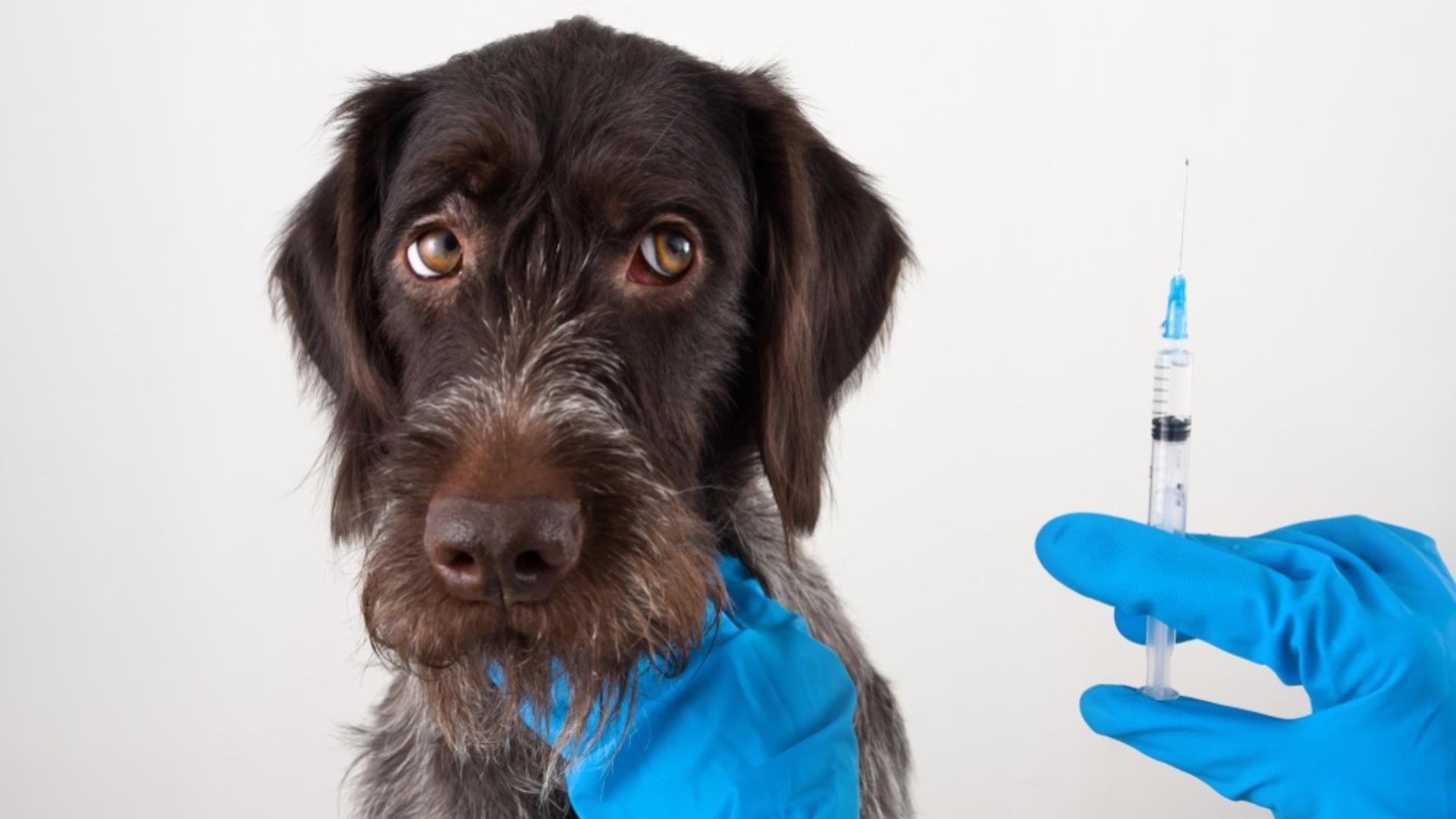It’s possibly the million-dollar question for those of us who DIY our dog’s diet. Are we getting it right?
There are so many things to consider in response to this question, like digestive function, pre-existing health issues, sourcing of ingredients and more, but here at My Pet Nutritionist, we have noticed that certain nutrients can be low in a DIY diet.
So, we thought we’d share what they are, their function in the body (why they are important) and our top sources!
1) Sodium Chloride
Sounds like a swimming pool additive, doesn’t it? Well, sodium chloride or NaCl is what we commonly know as salt.
And whilst it’s been demonised time and time again in the human diet, it is an essential compound that the body uses to:
- Absorb and transport nutrients
- Maintain blood pressure
- Maintain the right balance of fluid
- Transmit nerve signals
- Contract and relax muscles
Sodium and chloride play an important role in the small intestine. Sodium helps the absorption of chloride, water and amino acids. Chloride when in the form of hydrochloric acid (stomach acid) also helps the body digest and absorb nutrients.
Sodium and potassium are electrolytes too! The balance between these particles contributes to how cells maintain energy. It’s also how signals are sent to the brain, how muscles contract and how the heart functions.
Too little sodium is usually associated with excessive water intake, prolonged vomiting and/or diarrhoea, use of diuretics and in some kidney diseases. For us humans, salt is added to most processed foods we eat, but for our dogs, in a fresh food diet, this isn’t the case.
Source: Himalayan Salt
2) Manganese
Manganese is necessary for:
- turning food into energy
- forming bones and connective tissue, such as cartilage
- protecting cells from damage by free radicals
- brain and memory function
Signs of manganese are rare in humans, because we do find it in tea (go Brits), but limited data suggests deficiency is associated with skin issues largely due to increased levels of oxidative stress. There will also be impaired growth and development, along with abnormal metabolism of macronutrients.
Findings Here
Sources:
- Ginger (also provides iron and magnesium)
- Dark leafy vegetables
- Mussels
- Sweet Potatoes
- Pineapple
3) Iodine
Iodine is used by the thyroid gland to make thyroid hormones that control many functions in the body including growth and development. In addition, iodine is crucial to brain development. In humans, iodine deficiency is listed as one of the leading causes of intellectual disabilities. It often results in irreversible brain damage. Deficiency leading to underproduction of thyroid hormones also affects other organs like the heart, liver, kidney and muscles.
Findings Here
Unlike nutrients such as iron, calcium or vitamins, iodine does not occur naturally in specific foods, it is present in the soil and is ingested through foods grown on that soil. Iodine deficiency results when there is lack of iodine on the earth’s crust.
The food grown in iodine deficient regions can never provide enough iodine to the population and livestock living there.
About 90% of iodine intake is obtained from food consumed and the remainder from water. Iodine is available in traces in water, food, and common salts. Iodine found in seawater and so seaweeds are rich in iodine.
Sources:
4) Magnesium
One of the most abundant minerals in the body along with calcium and phosphorus, magnesium is essential to bodily function.
Functions:
- Energy metabolism
- Regulation of calcium triggered contraction of heart and muscle cells
- Vasodilation of the coronary and peripheral arteries
- Nerve signalling
- Structure of bones and teeth
Increased risk of deficiency:
- Rapid growth
- Medications – diuretics, steroids, laxatives
- Intestinal malabsorption
- Diets emphasising processed foods, refined grains and few vegetables
- Depleted soils
- High calcium levels – they compete in the same pathway
Signs of deficiency:
- Muscle spasms
- Increased risk of arrythmimas
- Sodium and water retention
- Impaired Vitamin D action
- Nausea/vomiting
Sources:
- Spinach
- Swiss chard
- Kale
- Pumpkin seeds
- Tuna
- Extra bone
- Hempseed (milled)
Why Magnesium is So Important to Your Pet
5) Vitamin D
Around 75% of dogs are believed to have a vitamin D deficiency.
There are two forms of Vitamin D. Vitamin D2 is also known as ergocalciferol that occurs in plants and Vitamin D3, known as cholecalciferol, is created in the skin during exposure to UV light and occurs in animals. Cholecalciferol (D3) is of greatest nutritional importance to both cats and dogs and luckily it can be obtained from the consumption of animal products that contain it. It is defined as a fat-soluble vitamin, which means it can be stored in the body’s fatty tissue.
Vitamin D plays an indirect role in bone health by managing calcium levels in the body. It controls absorption of calcium in the intestine and the amount of calcium excreted by the kidneys. If Vitamin D levels are low, then the intestines struggle to absorb calcium.
Increasing evidence is demonstrating a strong association between vitamin D signalling and biological processes that regulate immune responses. Vitamin D has been found to inhibit pro-inflammatory activity and cytokine production. It is thought to promote TH2 responses which may be protective in autoimmune disease. Vitamin D is also required for the production of natural killer cells which are known for killing virally infecting cells.
Many studies are establishing a link between low vitamin D levels and cognitive decline in human patients. This would be no different for our pets. Vitamin D receptors are widespread in brain tissue and it has a role in cell growth, neurogenesis, neuroprotection, detoxification, and reduction of inflammation. Studies have also shown that low vitamin D levels in early life can affect brain development.
In humans, it has been established that low levels of Vitamin D are associated with a higher risk of myocardial infarction (heart attack). The vitamin D axis affects vascular muscle cell proliferation (remodelling or regeneration of cells), vascular calcifications (mineral deposits in arteries and veins), inflammation and blood pressure.
In their natural state, dogs and cats would have consumed their whole kill. Prey animals store Vitamin D, so when ingested regularly, Vitamin D deficiency should not occur. In the absence of a whole prey, levels of Vitamin D may not be high enough in a DIY diet.
The Importance of Vitamin D
Sources:
- Fatty fish – salmon, sardines, mackerel
- Fish liver oils
- Beef liver
- Egg yolks
- Mushrooms
6) Vitamin E
Vitamin E is a fat soluble vitamin, adored for its antioxidant properties; it protects membranes from oxidative damage caused by free radicals.
Free radicals are created in the body from normal essential metabolic process like exercise, or when the body converts energy to food. You can think of them like the exhaust fumes of work. But they can also be a result of external exposure to x-rays, smoke, air pollution, industrial chemicals and the ozone.
The thing is, free radicals are a bit cheeky, because they are short of an electron, they snatch what they need from other cells. In the process, these other cells become unstable and then become a free radical themselves – and so the cycle continues.
When the number of free radicals outweighs the body’s ability to cope with them, we end up with oxidative stress.
Oxidative stress can damage cells and even DNA. It is mostly associated with premature ageing, but it has also been seen to play a role in many health conditions like diabetes, cancer, and cognitive decline.
So, here come the antioxidants.
Antioxidants neutralise free radicals – they do have a few tricks up their sleeve to do this, but they can donate an electron to stabilise the free radical. In this process, they don’t themselves become destabilised, so they stop the cycle! Nifty things aren’t they!
The body produces some antioxidants on its own, but an insufficient amount, so it can be helpful to get them through the diet; which is where Vitamin E comes in.
Increased risk of deficiency:
- Consumption of refined foods
- High intakes of PUFA’s
- Urban environments (air pollution burdening antioxidant defences)
- Selenium deficiency
- Fat malabsorption (fat soluble vitamin)
- High levels of exercise
Sources:
- Sunflower seeds
- Wheatgrass
7) Zinc
Zinc is a nutrient that all humans and pets need to stay healthy – it is involved in many functions in the body. Zinc helps fight disease and aids wound healing. It assists a range of hormones in their roles like insulin, growth hormone, and those produced by the thymus. It is also essential for healthy skin, eye, and brain function. Whilst still relatively unclear, there also seems to be an increased risk of certain cancers with low circulating levels.
It has been repeatedly proven that low levels of circulating zinc results in suppressed immune responses and increased susceptibility to infectious agents.
It is well established that zinc mediates inflammatory response, it reduces pro-inflammatory cytokines. Whilst inflammation is a natural process that serves to protect, constantly increased pro-inflammatory cytokines are associated with a range of chronic disease, so modulation of inflammation can be a useful preventative agent for pet health.
Zinc also performs as an antioxidant too, but copper is also critical in processes to remove free radicals. They key is in the balance of zinc to copper for this process to work efficiently as excess copper levels can result in oxidative damage and interfere with cellular function. Likewise, zinc naturally lowers copper over time.
This mineral is essential for brain development and physiology. Low zinc has been associated with alterations to behaviour, abnormal central nervous system development and neurological disease. There is demonstrated decreased nerve conduction, neuro-sensory disorders and obvious mental lethargy. Zinc is known to affect neuronal excitability and synaptic transmission.
Zinc is found in ocular tissue, particularly in the retina which is why zinc supplementation is often used to aid retinal health. Studies have shown that supplementation can reduce the progression of macular degeneration (eye disease). It has also been linked to reduction in vision loss.
It is also crucial to skin health!
Finally, zinc is crucial to correct mast cell function and deficiencies are linked with the development of allergic disease.
Why Zinc Is Important For Your Dog
Sources:
- Oysters
- Beef steak
- Lamb liver
- Bison
- Beef liver
8) Choline
Choline is converted into a neurotransmitter called acetylcholine, which helps muscles to contract, activates pain responses, and plays a role in many brain functions.
Most choline is metabolized in the liver where it is converted into phosphatidylcholine. This compound assists in building fat-carrying proteins and breaking down cholesterol.
Choline deficiency has been linked to liver cell death and therefore liver disease.
Findings Here
Increased risk of deficiency:
- Low dietary intake of folate (or impaired folate status due to medications like antibiotics or low B12 status)
- Fat malabsorption
Sources:
You could watch for signs and symptoms of low levels of these nutrients, or ask for a routine test to establish levels. But the sources we have suggested are great ways to increase intake of these key nutrients. If you are worried you aren’t quite getting your dog’s diet right, we’re always here to help. Check out our services here:
Consultations
Thanks for reading,
MPN Team x

